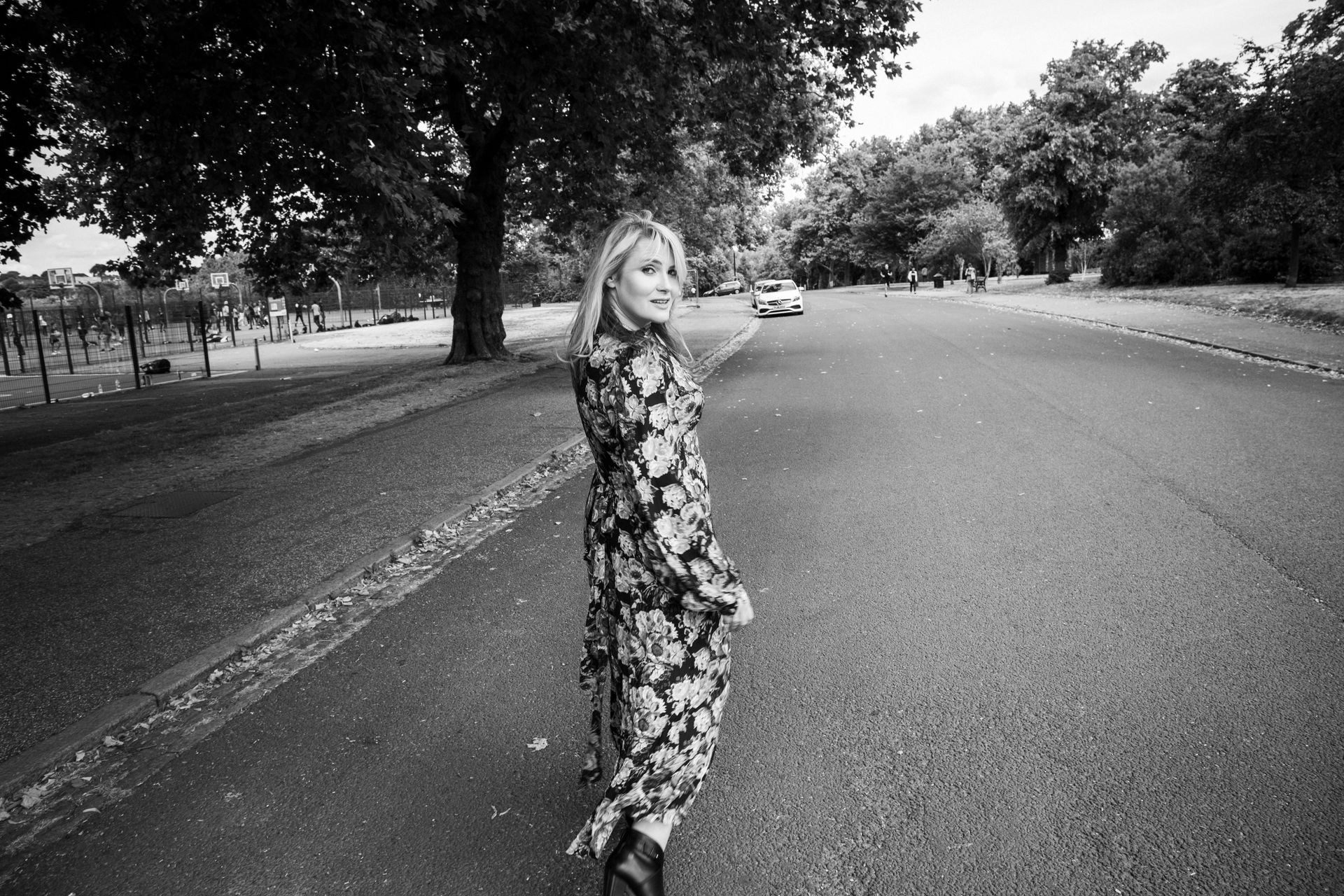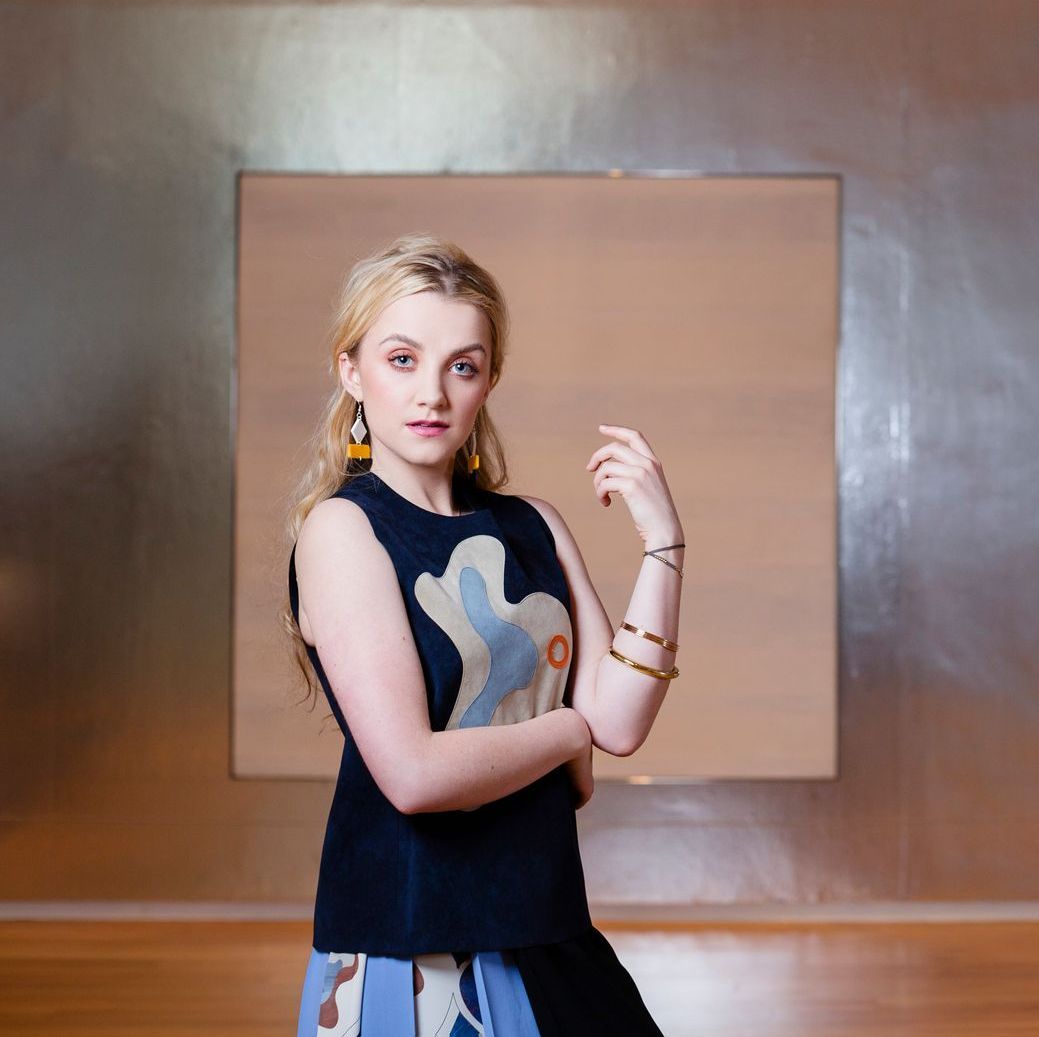Meet Agnes O’Casey, star of psychological thriller Lies We Tell
Agnes O’Casey, The Lir graduate and great-granddaughter of Irish playwright Seán O’Casey, gives a powerful performance in this dark tale of a young, gaslit heiress who must fight for her freedom.

Three short years after graduating from The Lir Academy, Agnes O’Casey has already developed an admirable acting career that’s seen her masterfully tackle a wide range of roles for the stage and screen, and working alongside the likes of Maggie Smith and Cillian Murphy. This week sees the release of psychological thriller Lies We Tell, in which she plays the lead role of Maud Ruthyn, a strong-willed, orphaned heiress living alone in the isolated manor of Knowl who’s left in the guardianship of her notorious and menacing uncle Silas and finds herself having to fight for what’s rightfully hers, and her freedom. Directed by Lisa Mulcahy, with the screenplay written by Elizabeth Gooch, and filmed within the walls and extensive grounds of Ardgillan Castle in North County Dublin, it’s a dark and powerful film about abuse and a young woman’s ability to find her inner strength to fight back. And O’Casey gives a razor-sharp performance throughout.
Here, the great-granddaughter of Irish playwright Seán O’Casey tells Meg Walker about what drew her to study acting in Dublin and why she’s careful to avoid being typecast…
I knew I wanted to be an actor from a young age.
I grew up in Devon and my grandmother, Shivaun O’Casey, would often take me to see my great-grandfather, Seán O’Casey’s plays. I think the first play I saw was The Shadow of a Gunman when I was five years old at the Tricycle in London (now called the Kiln). Aidan McArdle played Donal Davoren and I was watching this character, Minnie Powell (played by Jane Murphy) and thinking, I have to do that. Later on, my grandmother took me to Dublin to see The Plough and the Stars at the Abbey. Cathy Belton played Nora and I was mesmerised. I actually got to meet her at this year’s Galway Film Fleadh and tell her that her performance made me want to become an actor.
I was drawn to study in Dublin because my love of acting was ignited by those visits to the Abbey.
Also, I had this feeling of sadness that our family had emigrated and this idea of something being lost. So when I heard about The Lir, it just felt like the right place to go. Luckily, I got in, and it was the best training I could have asked for. It was a very caring and fostering environment. It’s only 16 people, and all the teachers are incredible. It was definitely the hardest I’ve ever worked in my life and the busiest I’ve ever been, but it was thrilling. I was talking to some of my classmates recently and we were discussing just how much we missed being so free to create. Hilary Wood, the head of acting, has this way of thinking about the work that while it’s an art and it’s a craft, it shouldn’t take over your life, and that was really helpful for me because there’s this idea of the tortured artist, but she was always like, “Don’t be Van Gogh, cutting your ear off alone!” It’s not necessary to suffer. And you’re given the tools and they teach you how to let emotions flow. It’s magic, the training you get there and the way they teach you, step by step. The small class was helpful, too, because I’m actually quite shy. And the friends I made there, I’ll have forever.
I’ve now worked with Irish director Lisa Mulcahy on two projects, Lies We Tell and TV series Ridley Road.
I would work with Lisa forever. It’s so nice to be able to work with a director you can be so honest with. Lisa and I get on really well. I tend to struggle with over-politeness – as so many women do – and when I know someone the way I know Lisa, I can just work. I feel like Lisa and I have that relationship now where we can work really efficiently, which is great because Lies We Tell was filmed in just 21 days – it was an intense schedule, so our communication had to be very concise. So the fact that we already had this working relationship helped so much. It just felt like we were in a flow, which is such a good feeling.
When I first read the script for Lies We Tell, I was so excited.
I love period dramas and hadn’t seen an Irish period drama of this nature before. My audition scenes were really exciting and so well written. Elisabeth Gooch, who wrote the screenplay, is one of the most amazing writers I’ve ever come across. The drama that she writes, and it’s so small – the story is about this family and it’s set in this house – but it feels huge. It’s psychological and really intense. My character, Maud, was really interesting to me because she’s not simple, she’s kind of haughty and big-headed. And she’s had this really strange upbringing where it’s just her and her dad and she’s been hidden by society, but she likes that. She’s very peculiar and eccentric in the best way. She’s been able to develop authentically. And then she meets this family, and the clash of those two things, I just found as an actor, really exciting to play. Also, the story is about gaslighting, and I found that incredibly interesting – the way that it is dealt with because, what would happen if this girl just fought until the very end and had the tools to really battle this man and never give up on herself? She’s constantly fighting and that was a healing thing to do because I would be more of an avoidant person. So to watch it, it’s a very cathartic story, and it was quite cathartic to do. We filmed it on the grounds of Ardgillan Castle in North County Dublin, which was a beautiful setting.
The Miracle Club was a very different experience.
Shooting that film was surreal. I had never done a comedy before and to work alongside Maggie Smith, Kathy Bates and Laura Linney… It was so much fun. I just kept pinching myself. I remember walking up to Maggie for the first time and introducing myself saying, “Hi, I’m Aggi.” And she said, “Oh, Aggi and Maggie! Come, sit down!” They were so warm and lovely and it was amazing to get a chance to watch them work and hear their stories. It was incredible. And we had a lot more time to make that film – about six weeks. My character, Dolly, couldn’t be more different to Maud – there’s a certain innocence about her.
Winning the Bingham Ray New Talent Award at this year’s Galway Film Fleadh was such a surprise.
That was the best weekend and the most wonderful festival and I was just really excited that I was nominated – I never expected to win.
I want to do as many different things as possible.
I graduated from The Lir in 2020 and I suppose I’ve been going with the flow ever since, taking every opportunity that comes my way. I don’t want to be typecast. As an actor, you already typecast yourself enough – you’re so aware of yourself and you have to fight that.
I’ve just recently finished filming Small Things Like These, which is based on Claire Keegan’s Booker-shortlisted novel and due out next year.
I play the role of Sarah Furlong, and was filming in Co Wicklow for three days, which was very scary because my character was going through so much and that’s such a short amount of time to bring this woman to life. It was thrilling, and the book is so beautiful – I just wanted to do it justice because the women in that story just shine. The director, Tim Mielants, was so nice to work with, and Cillian Murphy was so lovely, so as scary as it was in the lead-up, it was really fun once we were shooting.
If time and money were no object, I would love to live in a big field with all of my friends.
Maybe somewhere by the sea. We’d have our houses and sit around our gardens with vegetable patches.
Whenever I’m in Dublin, I love to go sea swimming at the Forty Foot.
And I love to eat at Cornucopia on Wicklow Street. The food there is so delicious. I used to be vegan but now I’m more a flexitarian – I’m mostly vegetarian and I think it’s so important to not eat meat, but if I’m visiting someone’s house and they don’t know, I don’t have it in me to turn down whatever it is they’re serving.
I would love the opportunity to work with Greta Gerwig. I just think her films are perfect. The way she captures being a woman and it being funny and sad. That would be a dream. I’d also love to work with Cate Blanchett and play Emily Blunt’s little sister – it’s been a running joke in my life where men would come up to me in a bar saying, “Do you know who you remind me of?” And I’d reply, “Emily Blunt?” and they’re like, “Yeah!” Stanley Tucci, too, is someone I’d love to work with.
Lies We Tell is released in Irish cinemas on Friday, October 13.
Portrait of Agnes O'Casey by Pip Bourdillon.

Meet Nancy Harris – the award-winning Irish playwright and screenwriter behind new TV series The Dry


